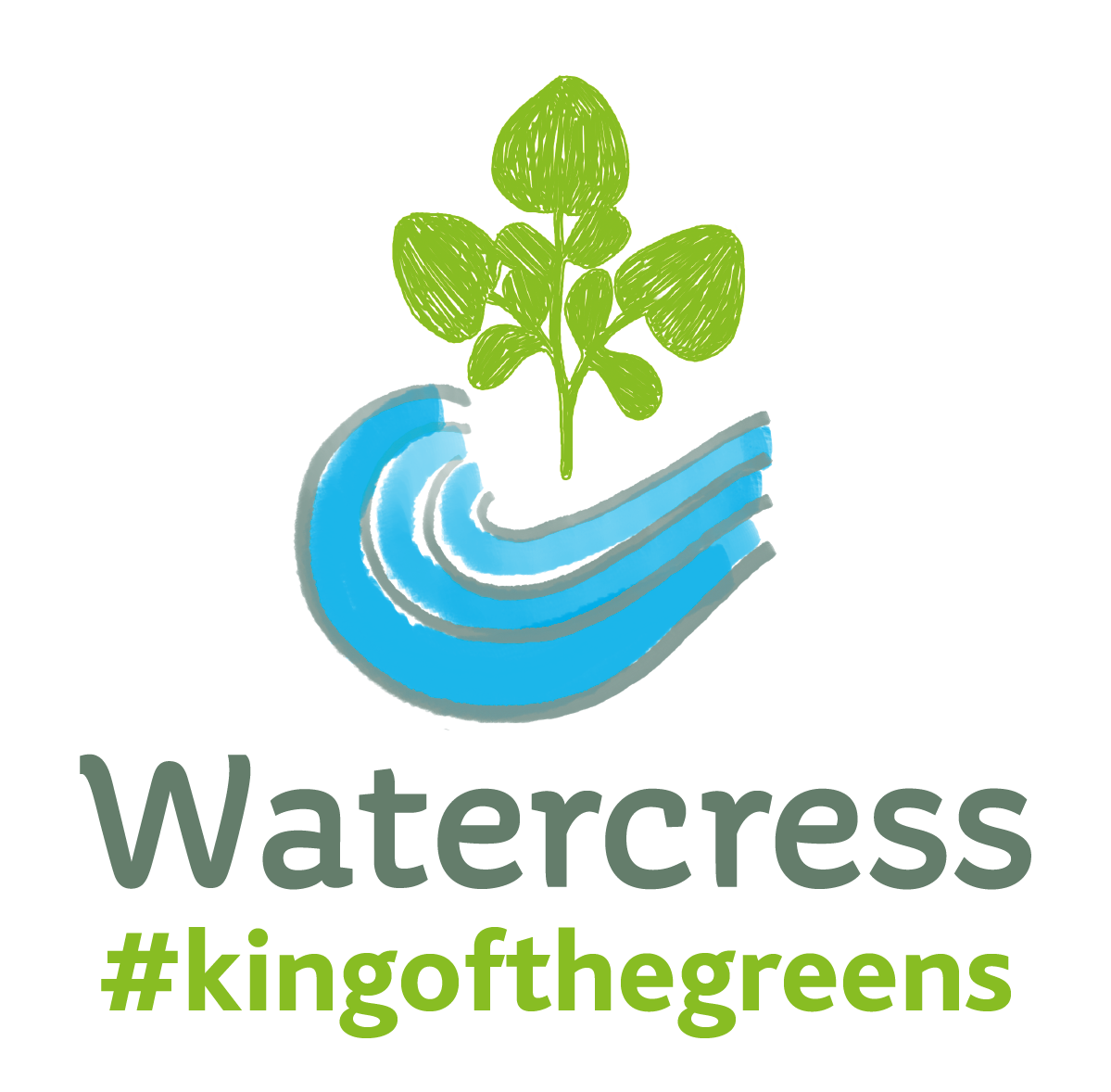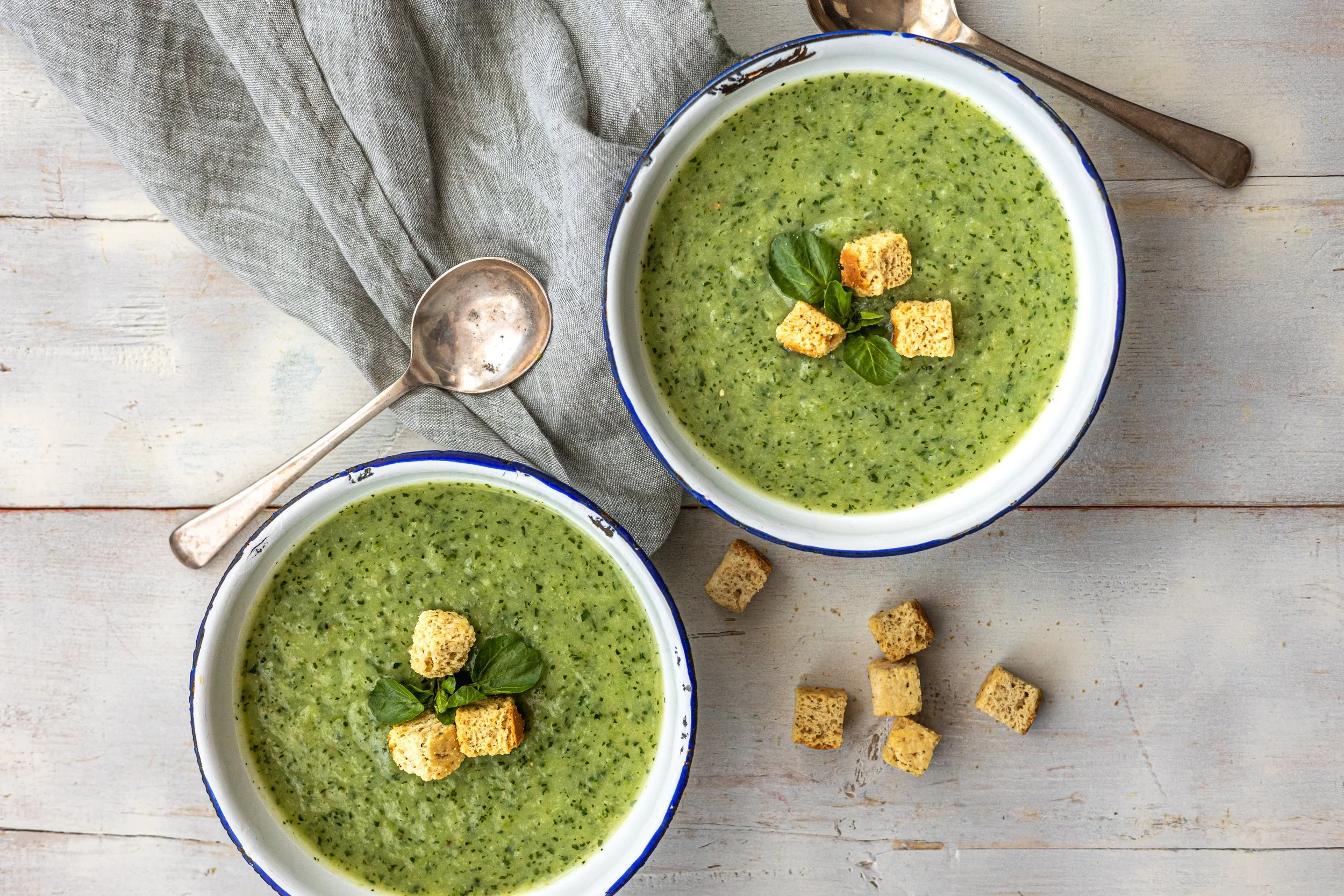Can you eat watercress raw?
Can you eat watercress raw?
Yes, absolutely – in fact watercress is best eaten raw. When the rest of us would be snacking on a biscuit, watercress growers are often seen wandering the farm chewing on fresh, uncooked watercress, and my, what a healthy bunch they are!
In Victorian times watercress was regarded as an essential staple. Factory workers would buy bunches of watercress and eat the leafy tops almost like an ice-cream cone. Due to the dirty factory conditions, and the state of their hands, the stems would then be discarded, a great example of a healthy fast food. Known in Victorian times as “the poor man’s bread” it was an affordable way of getting a nutrient-rich snack. This is because watercress is one of the healthiest vegetables around containing more than 50 vital minerals and vitamins.
Watercress is also great cooked but, like most vegetables, loses some of its nutritional content if cooked for too long. Therefore wilting or making a soup is a great way of capturing the nutrient value as well as the great taste of watercress.
Watercress also contains an enzyme, myrosinase which is activated when fresh, uncooked watercress is chewed. The process of chewing brings the myrosinase into contact with glucosinolates that are found abundantly in watercress - precursors for compounds called Isothiocynates (ITC’s). One particular type of ITC is called phenethyl isothiocyanate (PEITC), of which watercress is its highest natural source. PEITC has been found to be key in the scientific research that suggests watercress can help prevent DNA damage and the development of cancers. Cooking the watercress can reduce glucosinolate levels by 30-60% depending on the cooking method, and this is another reason why it is better to eat watercress raw.
The peppery flavour synonymous with watercress is also down to the PEITC present throughout the plant. This intense pungent taste will diminish with cooking as the glucosinolates do too.
Watercress is an excellent source of Vitamin C - gram for gram, it contains more of this vital vitamin than oranges. Vitamin C is pivotal in our health because our immune system, bones, skin & hair, blood vessels, teeth and nervous system are all dependent on it for their normal functioning and each cell in our body requires it to convert our fat stores into energy. We can’t build up stores of Vitamin C and unlike animals and plants, we’ve lost the ability to make our own and so are totally dependent on our food to provide this water-soluble vitamin.
The fact that it is water-soluble however, means that Vitamin C is not a stable vitamin – its levels start to decline with transport time, food preparation and cooking. Therefore, to maximise the Vitamin C levels, it’s best to eat watercress raw.
Vitamin B is another water-soluble vitamin present in high levels in watercress and this too is reduced when watercress is cooked, while minerals like potassium, phosphorus, calcium, magnesium, iron and zinc may be reduced by up to 60 to 70%. All this suggests it’s best to eat watercress uncooked.
For centuries, watercress has been revered for its health giving properties - it’s said that Hippocrates, father of modern medicine set up his first hospital near flowing water to be able to have a good supply of fresh, raw watercress for his patients. In ancient Asian medicine, watercress was regarded as beneficial for oral health, behaving as an antibacterial in the mouth, protecting against gingivitis, ulcers, swollen gums and general health. Culpeper too in his Compleat Herball written in 1653, stated that a concoction of watercress could cleanse ulcers. It was viewed as having anti-viral and anti-bacterial qualities, to reduce fever, be a potent diuretic, be beneficial to arthritis sufferers, help dermatitis and eczema, and have expectorant qualities to help respiratory illness. All qualities that, over time, are being proven to be founded in scientific fact but are definitely more evident when watercress is eaten raw.
The best way then to eat watercress is probably in a classic, delicious salad full of fresh, natural ingredients but with watercress as the base. Try this absolutely stunning Watercress, Bacon and Avocado Salad or fabulous Chicken and Blueberry Watercress Salad from www.watercress.co.uk
There’s one other consideration, when enjoying a salad and which is perhaps an unexpected bonus! Fat soluble vitamins such as vitamins A, D, E and K, are better absorbed when consumed with oil. So, go ahead and enjoy your fresh watercress salad with a vinaigrette dressing or a drizzle of olive oil to absorb as much of those vitamins as possible.
Alternatively, for a superfood hit, whizz fresh, uncooked watercress in a blender with other natural ingredients such as pineapple and mango to make a lip-smackingly good smoothie. Give this Watercress, Avocado & Lime Smoothie a whirl for a mouth-tinglingly refreshing boost to your day!
The main thing is to enjoy experimenting with watercress – be it fresh, raw and crunchy or wilted, steamed or stirred into a dish - bon appetit!















